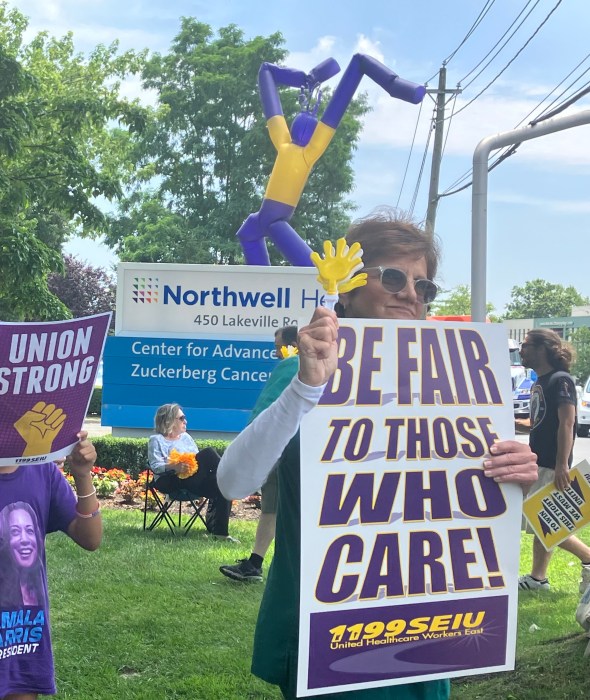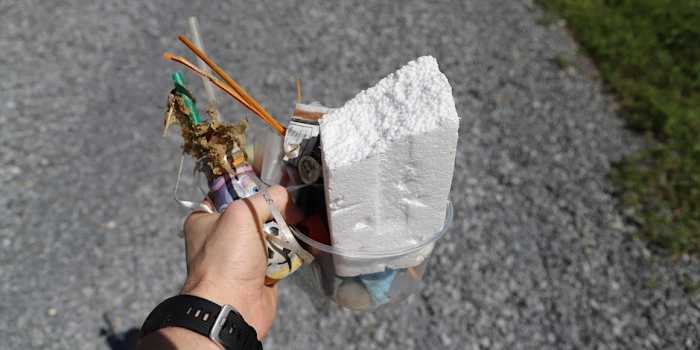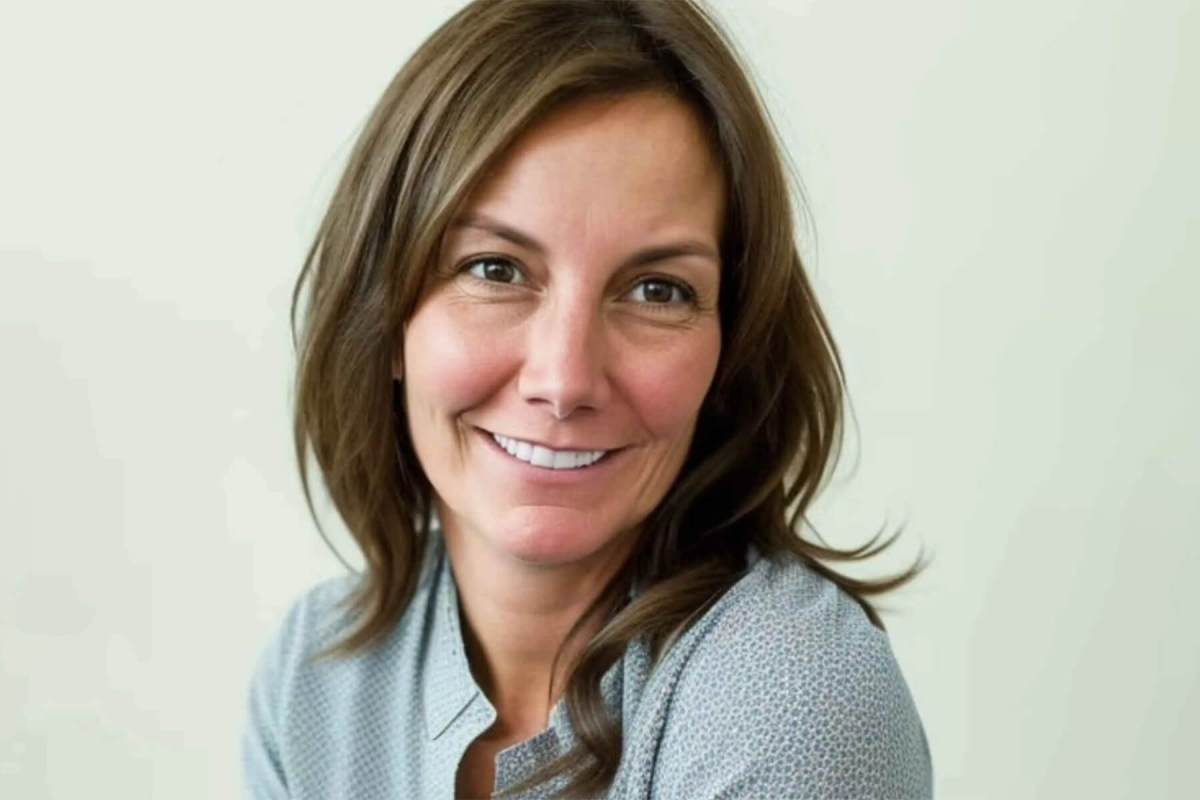Not long after several drug manufacturers and pharmacy chains agreed to pay multimillion-dollar settlements to resolve lawsuits holding Big Pharma accountable for its role in the opioid epidemic, a rash of fatal overdoses on Long Island underscored that the fight is far from over.
Local leaders are setting up committees to debate how to allocate the funding slated for government coffers in Nassau and Suffolk counties and beyond while authorities investigate the source of the fentanyl-laced cocaine that left six dead last month. Advocates say a hard road lies ahead.
“There is an opioid epidemic sweeping this country and addiction doesn’t discriminate,” said Roy Kearse, vice president of recovery services and community partnerships at Samaritan Daytop Village, the Queens headquarters of one of New York’s largest health and human services nonprofit organizations. Kearse is in recovery himself.
“For almost 40 years I’ve been helping people recover and I don’t say that to self-aggrandize myself,” he said. “My story is also a story of the hundreds of people who helped me, who gave me the resources for my recovery. I became educated, I work and pay taxes, I support my wonderful wife and five children. I contribute to society instead of languishing in jail. The key to turning this current crisis around is not just getting individuals sober, it’s to keep them sober so they can be part of the fabric of their community.”

CRISIS ON THE RISE
The already unacceptably high number of fatal overdoses in the United States surged nearly 30% nationwide to a record 93,331 deaths in 2020, according to a recent U.S. Centers for Disease Control and Prevention (CDC) report. The rise is due in large part to the growing prevalence of fentanyl, a powerful opioid pain-killing drug, and the struggle from Covid-19 lockdowns, isolation, lost jobs and an overall state of fear and unrest. Locally, on Long Island, Suffolk County has a higher rate of overdoses than Nassau — 304 in the former versus 216 in the latter, with both counties seeing an increase over 2019, according to the latest New York State Department of Health data.
“Preliminary data has indicated that Suffolk County is experiencing an uptick in overdoses during the pandemic, which is obviously very concerning,” Suffolk County District Attorney Timothy Sini has said. “Whenever there is a fatal overdose, we treat that investigation similarly to a homicide; we take immediate steps to try to determine who sold the drugs to that victim. I’ve said many times before that we’re not going to arrest ourselves out of the drug epidemic, but law enforcement will continue to be vigilant and to arrest and prosecute drug dealers who are peddling this poison in our communities.”
Among the recent local victims was Swainson Brown, the 40-year-old executive chef at Shelter Island’s Pridwin Hotel who was found dead at his home on the night of Aug. 13. Brown was one of four people to die that day, including one in Greenport, another in East Marion and a third in Southold. Several of the fatalities were in the Village of Greenport.
In the North Fork fatalities, 51-year-old Greenport resident Lavain Creighton allegedly sold the lethal cocaine to two overdose victims, Brown and an East Marion man identified only as “M.L.” Creighton’s alleged supplier, 46-year-old Justin Smith of Smithtown, was also arrested in possible connection with the case, criminal possession of a controlled substance and criminally using drug paraphernalia. An investigation into his role in the deaths is ongoing.
HELP ON THE WAY?
Four major U.S. drug companies agreed to a $26 billion settlement this summer to end lawsuits over the opioid crisis, but treatment advocates expressed frustration that the money will be slow to arrive and worry it could be misspent.
The agreement ended years of litigation between state attorneys general and Johnson & Johnson and the three largest U.S. drug distributors, AmerisourceBergen Corporation, Cardinal Health Inc., and McKesson Corporation.
The distributors will make payments over 18 years and Johnson & Johnson over nine years. But to receive the maximum payout, the deal will need near universal agreement from states and local governments to end thousands of lawsuits alleging the companies fueled a crisis that has contributed to nearly 500,000 overdose deaths since 1999.
“As someone on the ground, $26 billion makes a flashy headline,” said Ryan Hampton, who is in recovery from addiction and has worked with nonprofits and lawmakers on the opioid crisis. “But spread over 18 years, it’s pennies.”
The state attorneys general and lawyers for local governments said settling the litigation would avoid years of trials and appeals. The agreement is the second-largest cash settlement in U.S. history, but Hampton said even the size was disappointing.
“In 2017, we were told this could be larger than the tobacco litigation,” referring to the 1998 tobacco settlement with cigarette makers that totaled $246 billion paid over 25 years.
If the opioid settlement becomes effective, it will provide a framework for settling cases against other companies that allegedly contributed to the crisis, and could lead to billions of dollars in additional payments.
Paul Geller, a lead negotiator of the opioid agreement who represents local governments, said they worked with public health experts to identify best uses for the $26 billion, which are detailed over 14 pages in the distributors’ agreement.
“We couldn’t risk money going into general funds and being used to fill potholes,” he said.
Joshua Sharfstein, M.D., vice dean for public health practice at the Johns Hopkins Bloomberg School of Public Health, said he was concerned that 30% can be used to repay governments for money spent on past expenditures.
“I think there are some good concepts in this agreement, but there is a lot of room for implementation,” said Sharfstein. “Vigilance is going to be really important.”
Geller said money used on prior expenses must be abatement related and he cited the example of a city repaying itself for a long-term investment related to opioids, such as an ambulance.
States are encouraged to follow the lead of New York, which created a lock box fund in June that is overseen by experts who are empowered to ensure the money is spent on addressing the addiction crisis.
Some advocates fear the money will be directed to programs only available to people who have been convicted of a crime or that restricts the use of opioid addiction treatment medications such as buprenorphine.
Michelle Wright, Wright, National Policy and Advocacy Director of the National Harm Reduction Coalition, which focuses on preventing overdose deaths, said she’s concerned spending will been overseen by state agencies that are removed from the crisis.
“They don’t have the lived experience of why the money should be used a certain way,” she said.
Others said they were concerned that boards could worsen racial disparities in addiction treatment.
Courtney Hunter, vice president, state policy of Shatterproof, a group fighting the crisis, has been working to develop state laws similar to New York’s laws to direct the uses for the settlement funds.
Hunter hopes that if the settlement funds paid over many years are paid with proper controls, they can create sustainable programs that can integrate substance abuse disorders into the wider healthcare system, starting with primary care.
-With Billy Parry, Oliver Peterson, and Reuters
Sign up for Long Island Press’ email newsletters here. Sign up for home delivery of Long Island Press here. Sign up for discounts by becoming a Long Island Press community partner here.



































